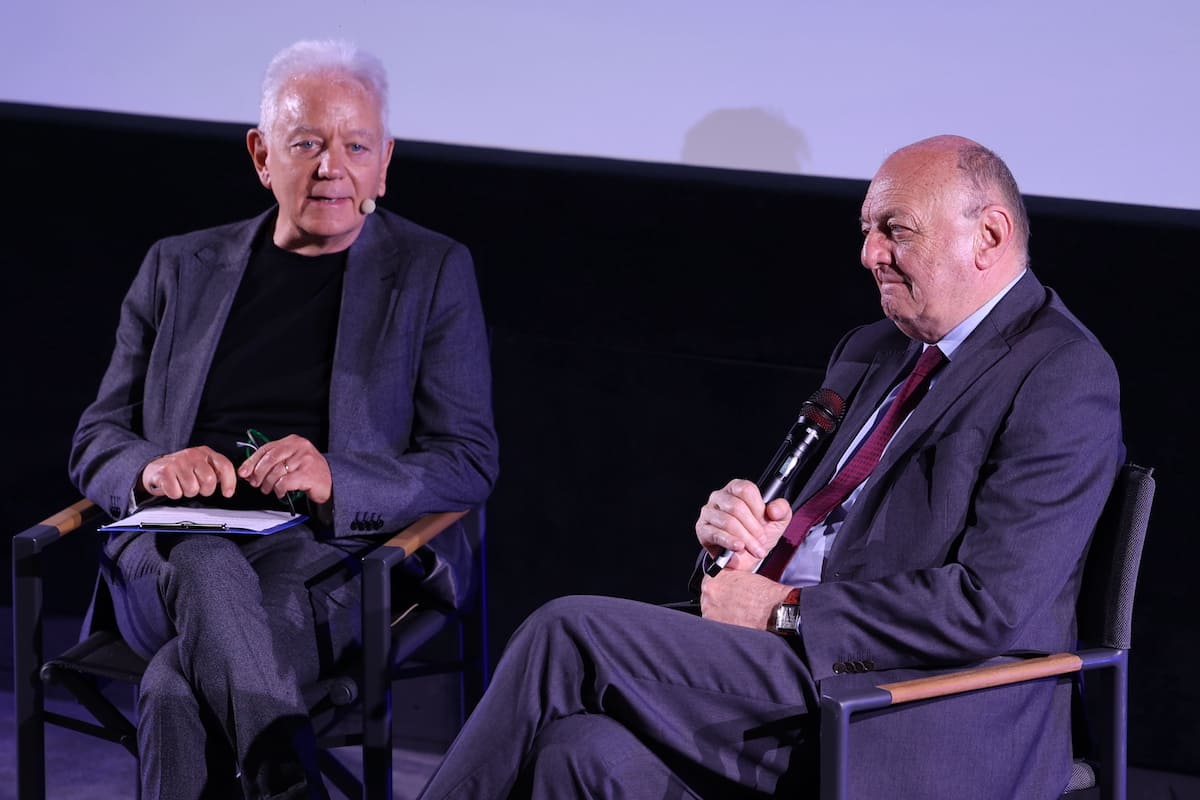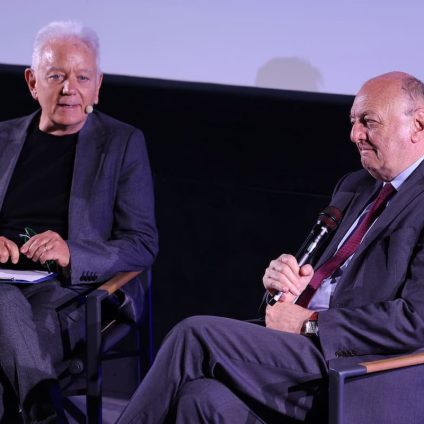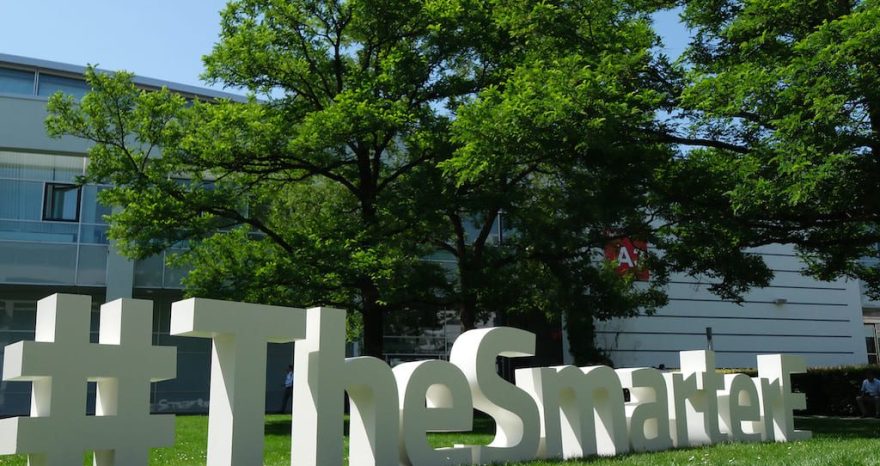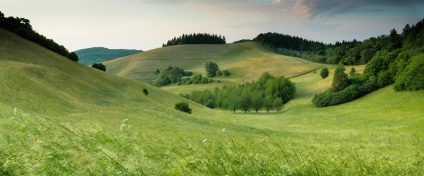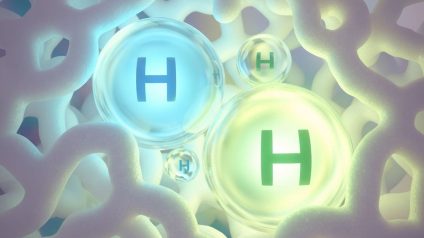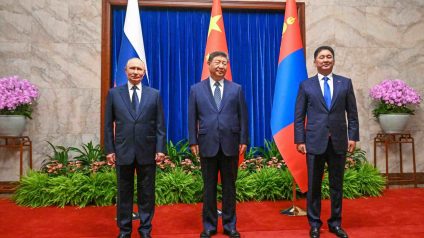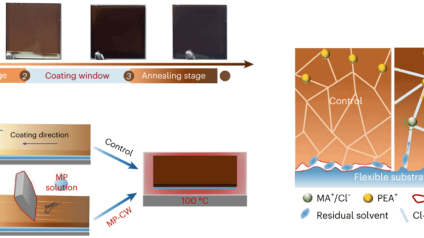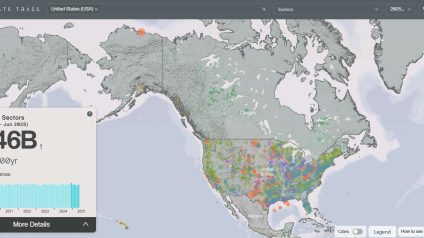From the Impatta Disrupt stage, Rinnovabili’s Mauro Spagnolo interviews Minister Pichetto
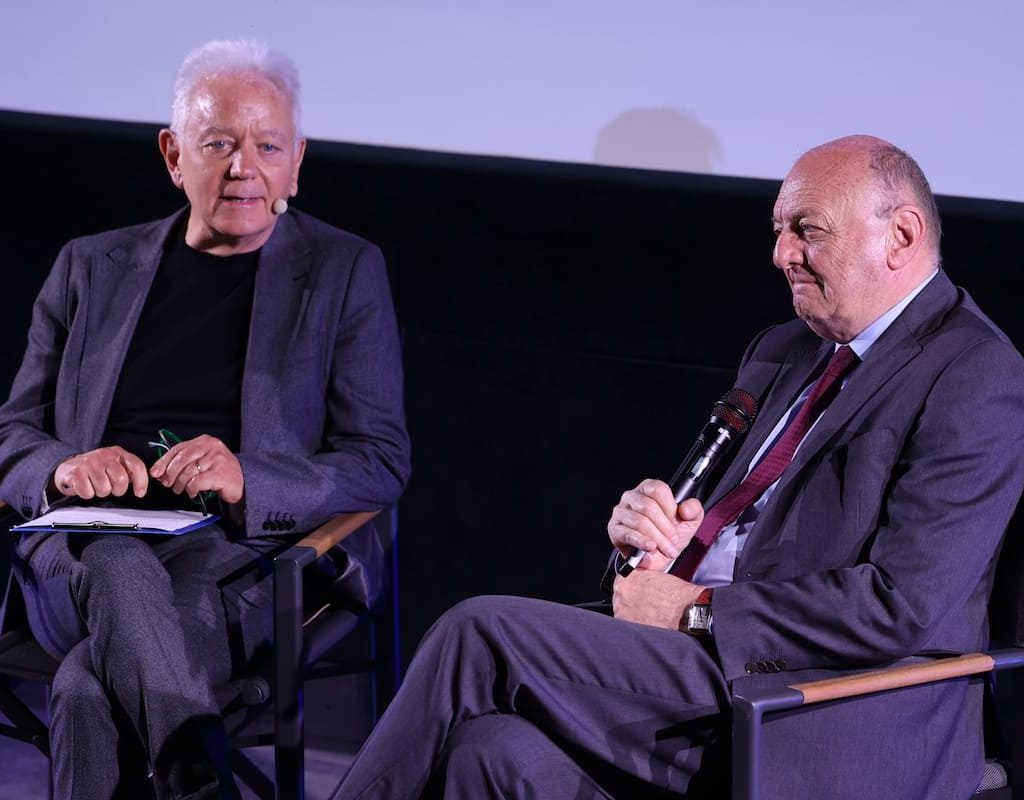
The third day of Impatta Disrupt, a festival on innovability for sustainable growth organized by Earth Day Italia, opened this morning in Rome. It provided the perfect setting to reflect on Italy’s path toward sustainable development, especially in light of accelerating innovation and the ongoing energy transition. One of the key moments was a one-on-one interview between Gilberto Pichetto Fratin, Minister of the Environment and Energy Security, and Mauro Spagnolo, director of the news outlet and media company Rinnovabili.
Below is an excerpt from the conversation.
Minister Pichetto, we’ve heard many perspectives today on how humanity can build a better relationship with the planet. Ten years ago, Pope Francis’ Laudato si’ was a wake-up call, raising important questions about global sustainability. But a decade later, things haven’t improved much. Instead, the crises of recent months seem to signal a worsening outlook.
From your perspective, how can Italy stay true to the values, mission, and goals set at the Paris COP?
I believe we’ve made real progress since the 2015 Paris Agreement and the release of Laudato si’. There’s now a completely different level of awareness. Let me explain: when the Italian Constitution was drafted between 1946 and 1948, the country was emerging from war, divided and fragile, the environment wasn’t even mentioned. Not because the drafters were indifferent, but because back then, environmental issues weren’t on the radar. It wasn’t until 2022 that the environment was added to the Constitution through Articles 9 and 41.
Paris was a key milestone, and so was Laudato si’. Over the past ten years, the climate summits, individual awareness, and the evolution of industry have all moved us forward. Of course, governments can either speed up or slow down the process, but the momentum is undeniable.
Think about how different young people are today. Think about Italy, surrounded by the Mediterranean, already experiencing the real effects of climate change. Yes, we’ve made progress. But it’s true that in places like Gaza or Ukraine, climate change takes a back seat to more immediate survival.
Still, it feels like the global spotlight is fading from the core values we’ve built over the last decade. Is this a risk or just a temporary shift?
At the level of international policymaking, yes, we may be seeing a bit less focus. But the world keeps moving. People point to Trump’s stance, but he pulled out of the Paris Agreement back in 2017, and yet the U.S. still progressed on climate action. As for the European green new deal, I’ve always been clear: it’s the right target for 2050.
That said, some past decisions were probably too ideological. Let me give you a simple example. The Fit for 55 package, written in 2020, bans internal combustion engines in the EU starting in 2035—only electric vehicles will be allowed. Just last week, I rode in two cars that would be banned under this law. Both had combustion engines but ran on biomethane and hydrogen. That’s the point: science and technology keep evolving. When politics tries to substitute itself for science, it makes mistakes. In 2020, the EU focused too much on the tool, not on the actual goal: reducing emissions. What it should have said is, “zero emissions by 2035,” and left the door open to different technologies.
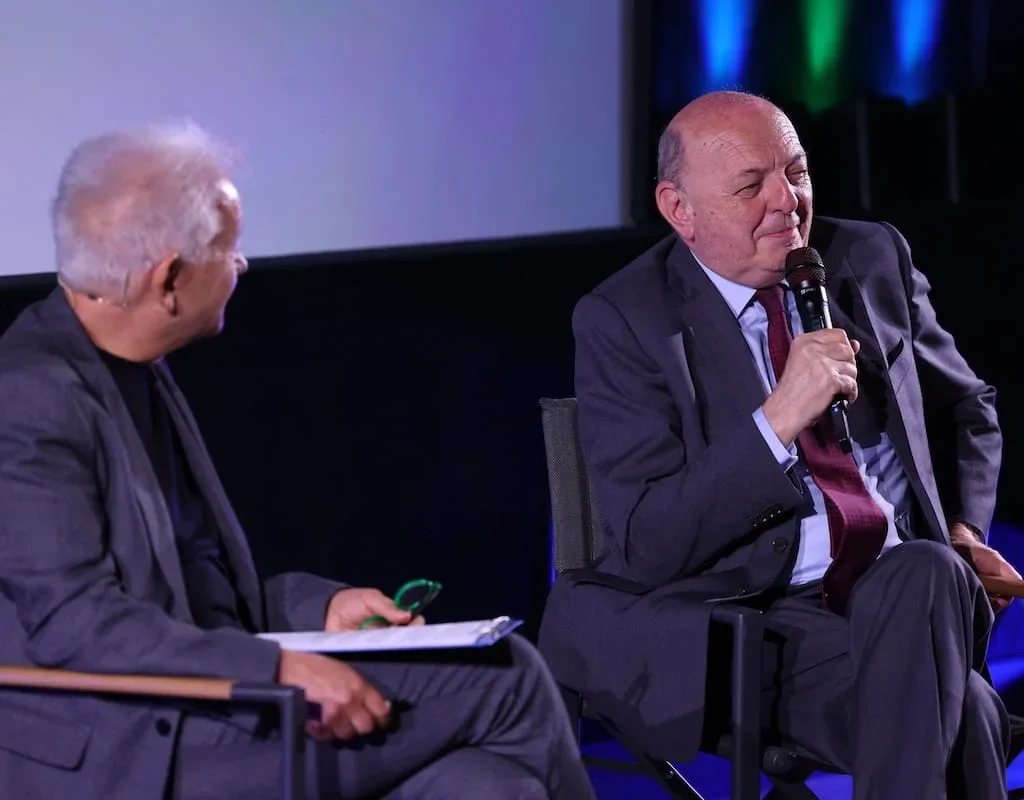
Minister, let’s go back to Laudato si’, which was a landmark call for integral ecology. What struck me most was its mention—possibly for the first time in a major global document—of energy communities. That idea was later translated into concrete measures across administrative, environmental, and energy frameworks, leading to the creation of renewable energy communities, which today represent one of the fastest-growing areas in our sector.That idea has since become policy, leading to the rise of renewable energy communities. These are now one of the most promising areas in the sector. How do you see their role in Italy’s future energy system?
The European Union is watching closely how our energy communities function. We’re adjusting the legislation as we go because we realized some improvements were needed.
We’re increasing the incentive rates and subsidies. We’re expanding the eligibility threshold from towns of 5,000 to 30,000 residents. And we’re clarifying that multiple types of legal entities can join. Italy doesn’t just have one or two models—we have 3,000 years of legal history.
We’re making progress. The rollout was a bit shaky at first, which is normal for something so new. But we’ve stepped in with safeguards to make families feel secure and confident about joining.


